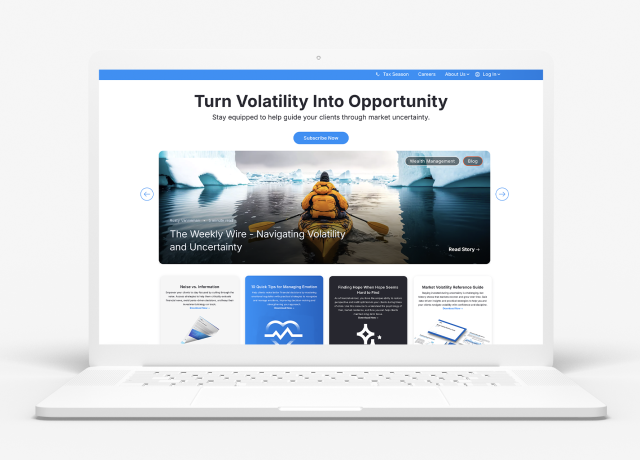Weekly Notes from Tim
By Tim Holland, CFA, Chief Investment Officer
- The Federal Reserve has a dual mandate – maximum employment and stable prices. As it concerns the former, the Fed feels that given the dynamic nature of the economy it's not possible to know exactly how low the unemployment rate can fall without causing excessive inflation. As it concerns the latter, the Fed sees inflation of 2% over the longer-term as measured by the year-on-year change in the Personal Consumption Expenditures Price Index excluding food and energy, also known as the Core PCE, as most consistent with its stable prices mandate (the Fed – and many leading economists – exclude the impact of food and energy prices when measuring inflation due to their volatile price nature…that, understandably, causes a bit of head scratching among Americans given that most folks spend a disproportionate amount of their take home pay at the grocery store and at the gas pump, but that’s where we are).
- As we know, inflation spiked through the pandemic, with the Core PCE hitting 5.7% in February 2022 (see chart), before an historic rate hiking campaign by the Fed (the Fed Funds Rate went from 0.25% in January 2022 to 5.5% in July 2023) and the economy finding its footing post its pandemic driven shutdown combined to knock inflation down to 2.5% in April of this year, per the Core PCE, its lowest print since March 2021 (see chart). However, despite being almost there as it concerns its long-term inflation target of 2% per the Core PCE, the Fed is not yet ready to declare victory in its fight for stable prices, concerned tariffs proposed by the Trump Administration could push the import prices – and overall inflation – higher and as a result has not cut interest rates since its December 2024 meeting (a position that has drawn the ire of President Trump, who has taken to calling Fed Chairman Jerome “Too Late” Powell for his reluctance to cut rates further, a point the President emphasized following last week’s disappointing ADP Employment Survey for May).
- If there are benefits to the Fed sitting tight, they are any inflation spike that manifests due to tariffs should be mitigated by a Fed Funds Rate well above the above the rate of inflation (4.50% vs the Core PCE at 2.5%) and that the Fed will have plenty of room to lower rates if the economy stumbles into the Fall.

Source: FactSet, June 2025
Looking Back, Looking Ahead
By Ben Vaske, BFA, Senior Investment Strategist
Last Week
Despite some drama around Washington last week, markets posted another nice week of gains. The S&P 500 was up just over 1% on the week and the NASDAQ 100 was up about 1.5%. Notably, the S&P 500 gained about 1% on Friday off the better-than-expected non-farm payrolls report, and the index closed the week back at 6,000. The S&P is now just over 2% off its all-time high. As mentioned, nonfarm payrolls increased by 139,000 in May, beating consensus expectations of 126,000. However, March and April payrolls were revised down by a total of about 95,000, resulting in a net gain of 44,000 jobs. The US unemployment rate remained unchanged at 4.2%, still near multi-decade lows. The 10Y yield rose 9 basis points throughout the week, however, the Bloomberg US Aggregate Index still gained under 1%.
This Week
The biggest news on the docket for this week will be the Consumer Price Index, set to release on Wednesday 6/11 at 8:30am ET. The last print of CPI came in at 2.3% - the lowest reading since February 2021. The next several months of CPI will be important to watch due to the perceived lagged effect that US tariffs may have on the reading. While inflation has been tame thus far, many are expecting to see the trend move to the upside over the next several months. Congruent with market participants, the Fed has also taken a “wait and see” stance towards inflation before considering any adjustments to the Fed Funds rate. As a reminder, the next Fed interest rate decision is set for next week on June 18th.
We hope you have a great week. If there’s anything we can do to help you, please feel free to reach out to ben.vaske@orion.com or opsresearch@orion.com.




























